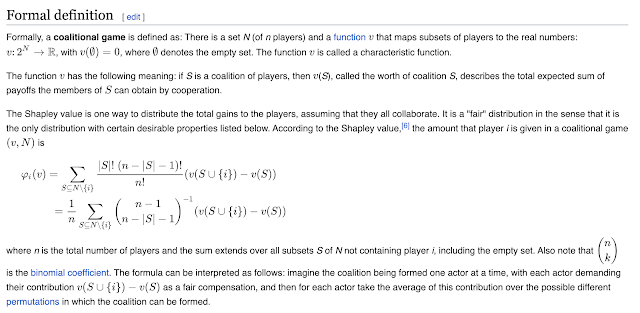The Household Pulse Survey (HPS) data files, classified based on the similarity of their column names and formats, can be summarized as follows:
1. **Files with Columns Related to Average Household Hours Spent on Various Educational Activities (Weeks 1 to 5)**:
- Files: `educ1_week1.xlsx` to `educ1_week5.xlsx`
- Columns: Average household hours spent on live virtual contact, teaching activities with children, and others.
2. **Files with Columns Focusing on Average Household Hours Spent by Children on Learning Activities (Weeks 6 to 12)**:
- Files: `educ1_week6.xlsx` to `educ1_week12.xlsx`
- Columns: Include additional focus on children's learning activities done on their own.
3. **Files with Columns on Time Spent on Learning Activities by Children in Public or Private School (Weeks 13 to 27)**:
- Files: `educ1a_week13.xlsx` to `educ1a_week27.xlsx`
- Columns: More detailed breakdown of time spent on learning activities.
4. **Files with Columns on Frequency of Live Contact with Teachers (Weeks 13 to 27)**:
- Files: `educ1b_week13.xlsx` to `educ1b_week27.xlsx`
- Columns: Focused on the frequency of live contact between students and teachers.
5. **Files with Columns Related to Various Modes of Learning Combination (Weeks 28 to 33)**:
- Files: `educ1a_week28.xlsx` to `educ1a_week33.xlsx`
- Columns: Address different combinations of in-person and other forms of learning.
6. **Files with Columns on Frequency of Children’s Real-Time Contact with Teachers (Weeks 28 to 33)**:
- Files: `educ1b_week28.xlsx` to `educ1b_week33.xlsx`
- Columns: Focus on real-time contact frequencies.
7. **Files with Columns on Attendance in Various Educational Programs (Weeks 34 to 39)**:
- Files: `educ1a_week34.xlsx` to `educ1a_week39.xlsx`, `educ1b_week34.xlsx` to `educ1b_week39.xlsx`
- Columns: Include types of educational programs attended.
8. **Files with Columns on Adult Household Members' Adjustments for Child Care (Weeks 40 to 48)**:
- Files: `educ1_week40.xlsx` to `educ1_week48.xlsx`
- Columns: Address how adults adjusted work and care responsibilities.
9. **Files with Columns on Various Child Care Arrangements (Weeks 49 to 54)**:
- Files: `educ1_week49.xlsx` to `educ1_week54.xlsx`
- Columns: Focused on different types of child care arrangements.
10. **Files with Similar Columns on Child Care Arrangements (Weeks 55 to 57)**:
- Files: `educ1_week55.xlsx` to `educ1_week57.xlsx`
- Columns: Similar to the previous group but with slight variations.
11. **Files with Columns on Children's Enrollment Status (Weeks 58 to 63)**:
- Files: `educ1_week58.xlsx` to `educ1_week63.xlsx`
- Columns: Focused on whether children are enrolled in public/private school or homeschooled.
This summary indicates the evolution and diversification of survey questions over different weeks, reflecting the changing focus and depth of inquiry into educational experiences during the COVID-19 pandemic.

![{\displaystyle \varphi _{i}(v)={\frac {1}{n!}}\sum _{R}\left[v(P_{i}^{R}\cup \left\{i\right\})-v(P_{i}^{R})\right]}](https://wikimedia.org/api/rest_v1/media/math/render/svg/02ee9b216534044b6aa3677fde588be330956412)






